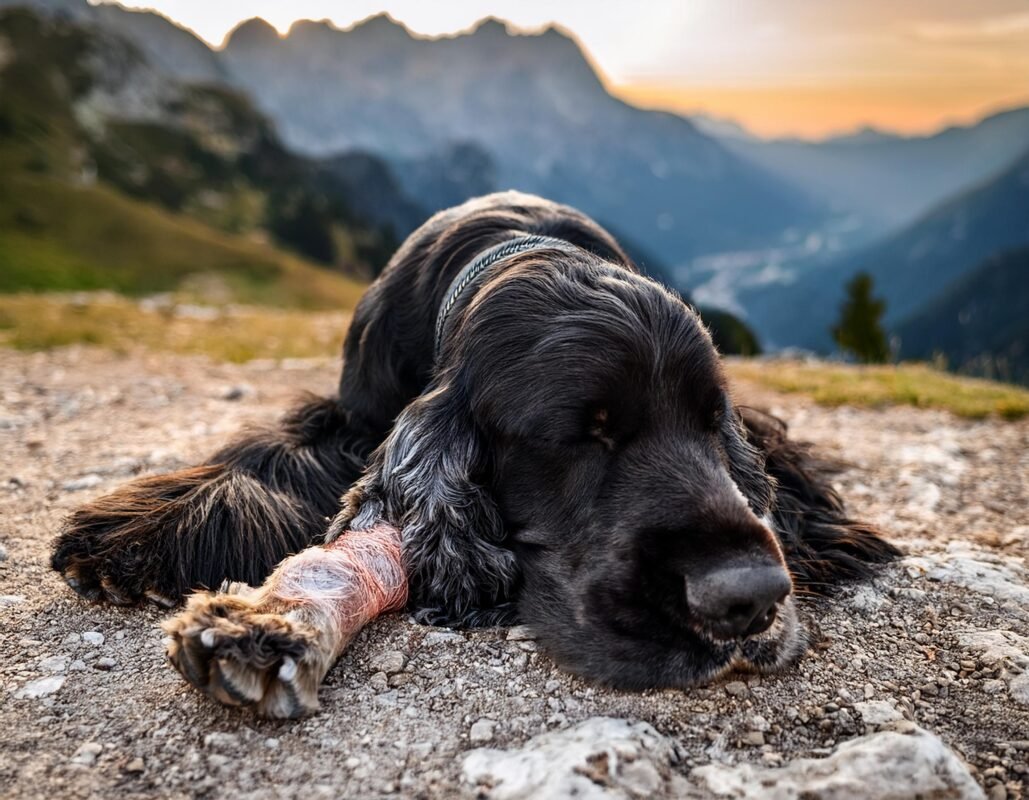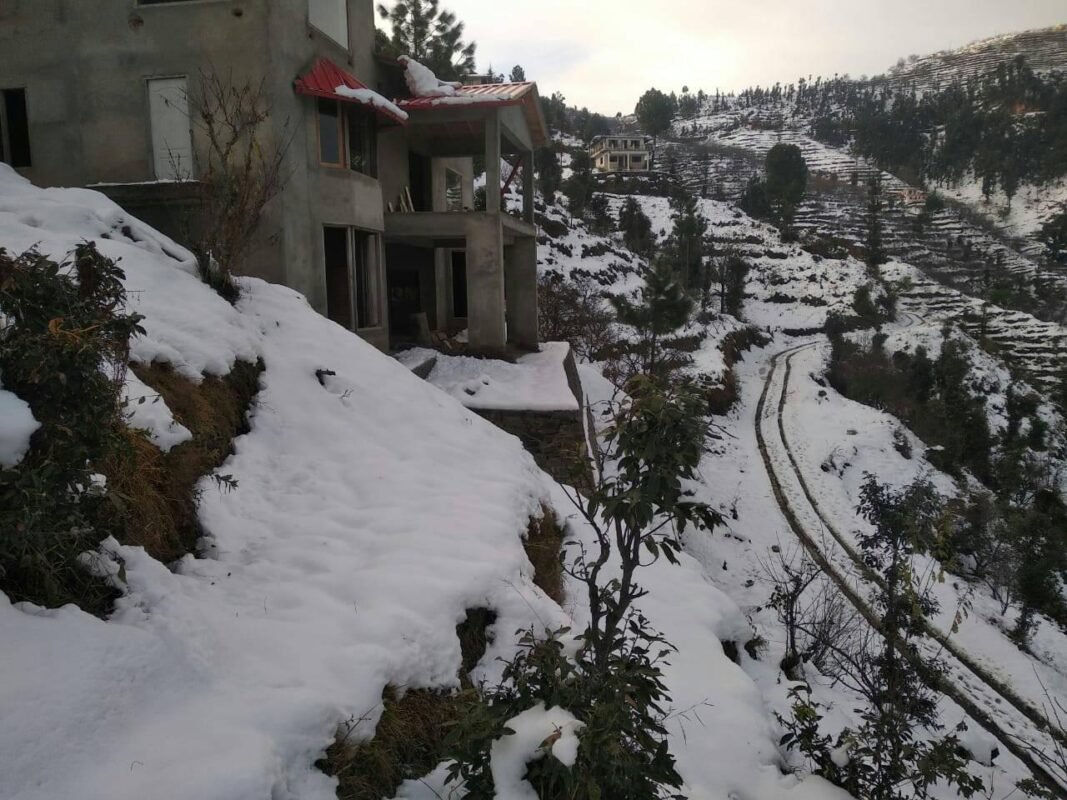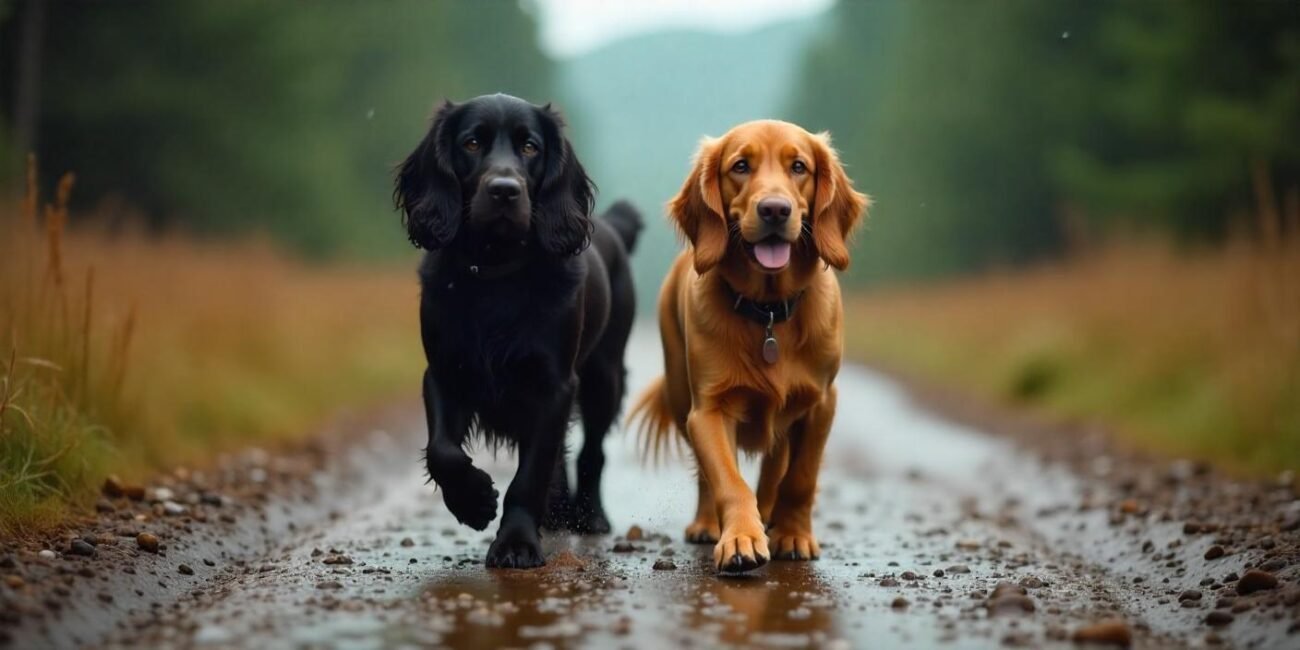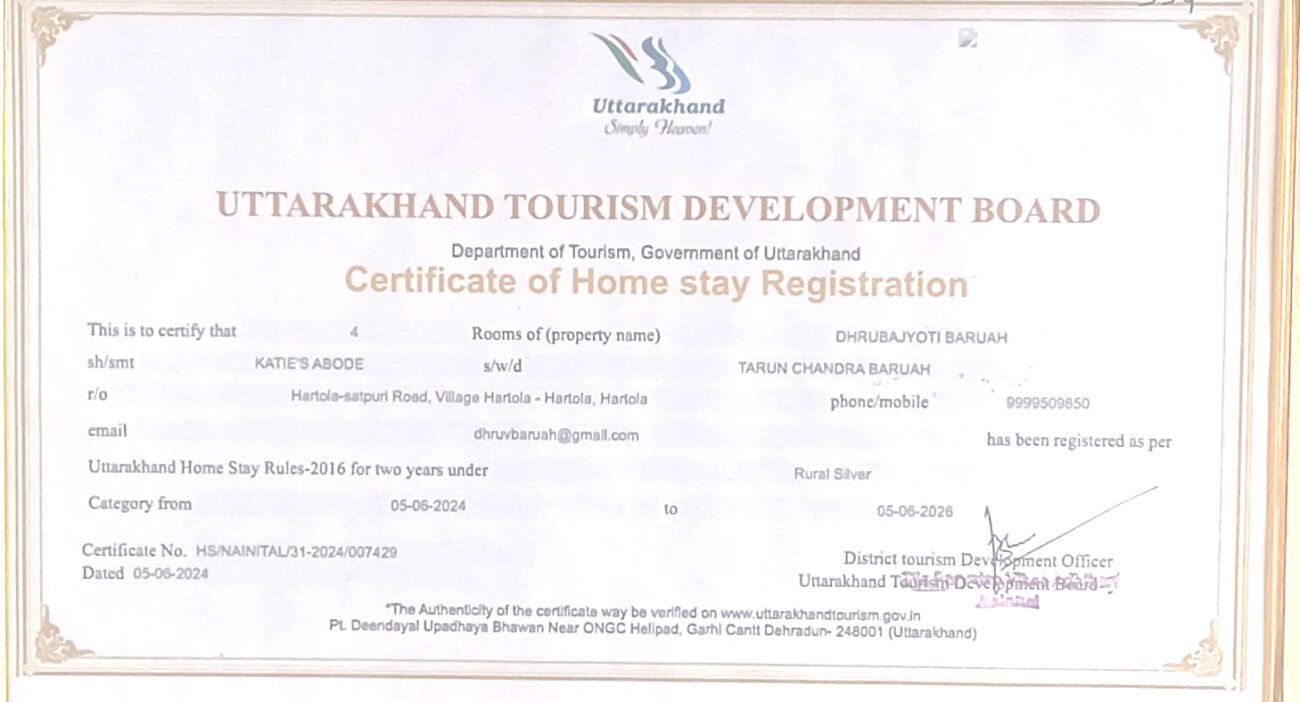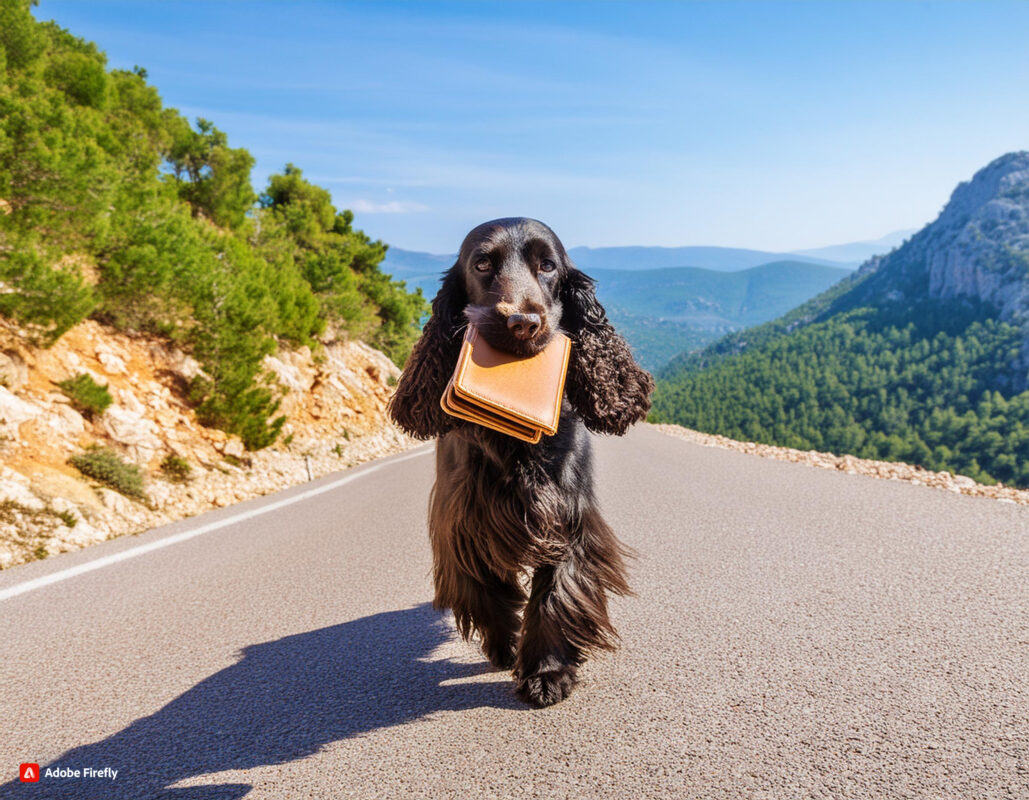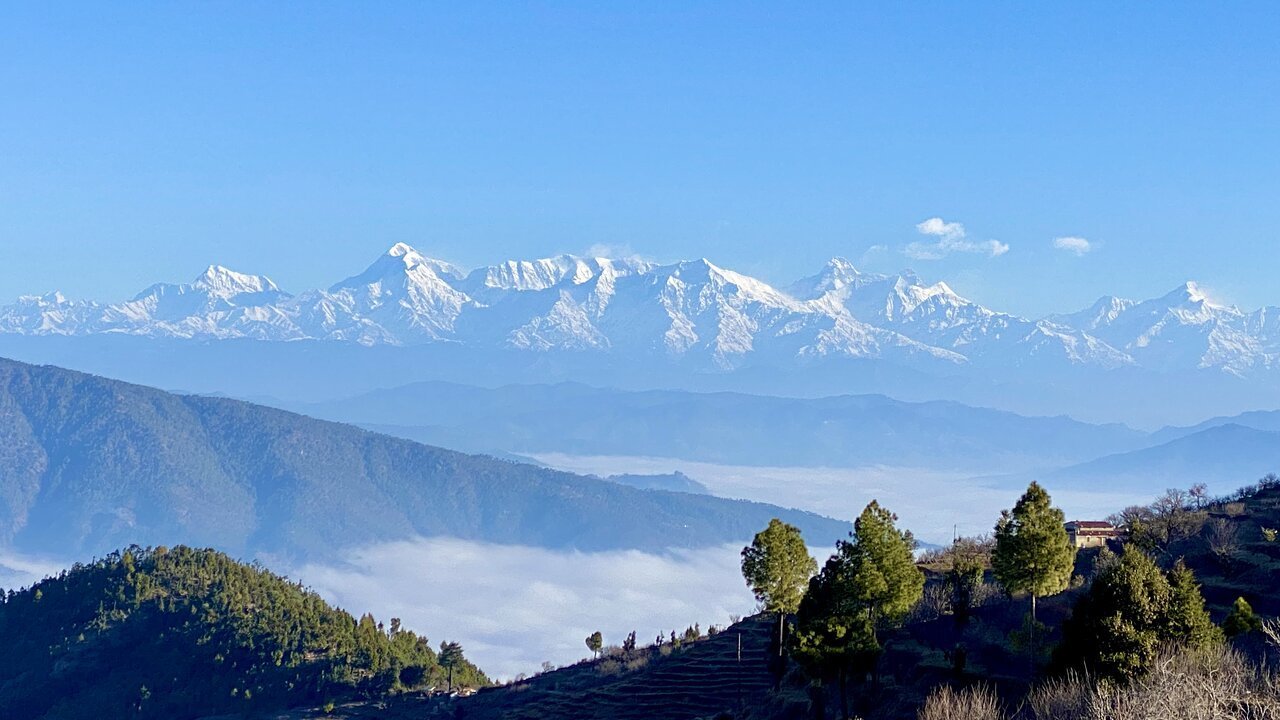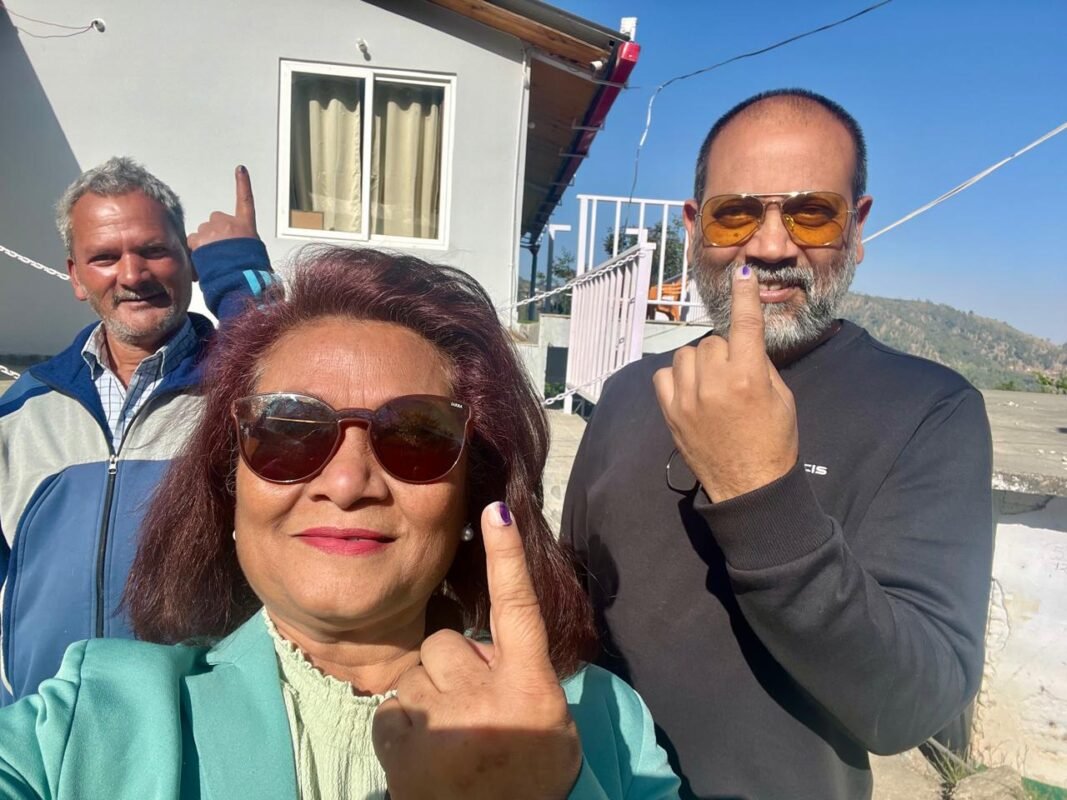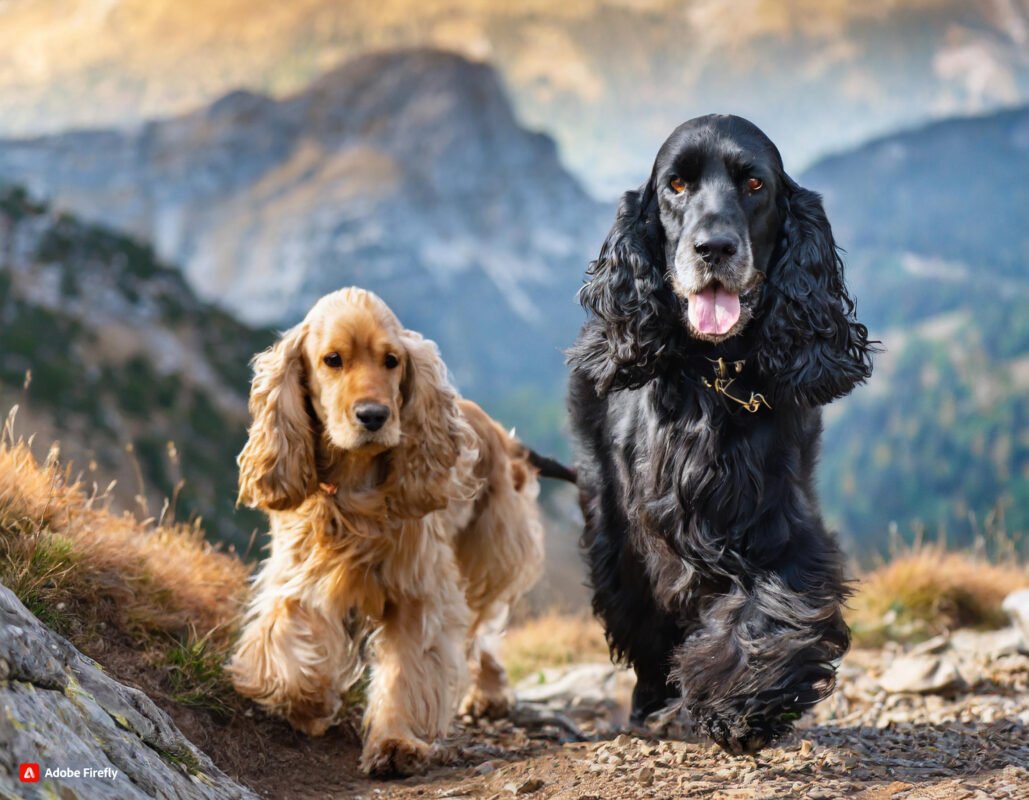While you were packing your bags for the trip, you find that after packing your clothes and other essentials there is not enough space to squeeze in all lenses of your DSLR camera. When it comes to choosing the clothes you will carry on your trip, you will certainly not carry your entire wardrobe. According to the climate and other factors you will take along only a couple of them. The same goes for DSLR lenses. You need to carry just one or max two lenses which you can easily carry along.
Unlike point and shoot cameras the lens plays an important role in a DSLR camera. The image captured in your shot can be drastically altered through the use of a variety of different lens. In particular, differences in the focal length of the lens can greatly change the range or angle of view, perspective and depth of field of the subject being photograph. For instance, the angle of view is 180 degrees using a fisheye lens, 46 degrees using a 50 mm lens and 24 degrees using a 100mm lens and about 4 degree for a 600mm lens. This means that longer the focal length, the narrower is the angle of view.
So the trick is to carry a lens that gives you both – focal length and angle of view.
However before I go into which lens you should carry, let’s take a look of what we have to choose from:
A Fixed focal-length lens: Without doubt fixed focal-length lenses can give you better image quality letting you take brighter pictures in low light and creating blurring background effects. However it will not give you the flexibility of the zoom range. According to the lens you decide to carry you will have to stand closer or further away from your subject or else zoom and crop the photo digitally. Not recommended when you are traveling and is pressed for space because one lens is not going to do the job.
A Telephoto superzoom lens: The lens will let you get much closer to more distant subjects, but unless you are going to shoot lions in their natural habitat where you want to keep a safe distance from the subject, this lens is not recommended on a trip to a city. It is bulky and will occupy a lot of space in your backpack.
Macro lenses: Are you on a butterfly chase? If yes, then this lens is right for you. Macro lenses for better extreme close-up photos. If it is your honeymoon trip where you intend to click pics of your spouse; even so this lens is not the right one.
Wide-angle lenses: If your idea of photography is capturing landscapes, tall buildings then consider taking along a wide-angle lens. There are lenses available with wide angles of 12mm, 11mm and even 10mm. However, if you have to choose just one lens then probably this not the one.
So which lens do you take on your trip? The answer though not as simple as it might seem, the 18-55mm lens is the best one to carry on a trip if you have to choose one. Why I recommend the 18-55 is because it is a classic workhorse lens and though primarily used for close up portraits or snaps, you can use it for landscapes as well. It is light weight and can easily fit into your backpack. Think of the 18-55mm lens as a good walk around lens.
Most amateur photographers with an eye for photography will find that 22 percent of their snaps are taken at 85mm, 75 percent between 15 and 40mm, 7 percent at 85mm and only a 13 percent of the total snaps greater than 55mm. If you are still not sure, you can analyze the images you had taken earlier at ExposurePlot. It will tell you how many photos were taken at the longest end and those between the middle and wide end. I personally have a Canon EF 70-300mm lens but I hardly get the opportunity to use it.
Another reason why I recommend this lens is because it can also cover a pretty wide range. It is good lens that will do you for most everyday situations. It takes 16 megapixel images. Even if 55mm is not close enough to your liking, you can always crop later.
The only limitation I see with the 18-55mm lens is that you will find the images a little low in quality in low light. But with a little adjustments in the ISO you can get fairly good images too.
I think the article puts an end to your dilemma of choosing the lens for your next trip. If you have used the 18-55mm lens do share with us how you experience was.
The article was originally written by Yours Truly for Holiday Home Times.





